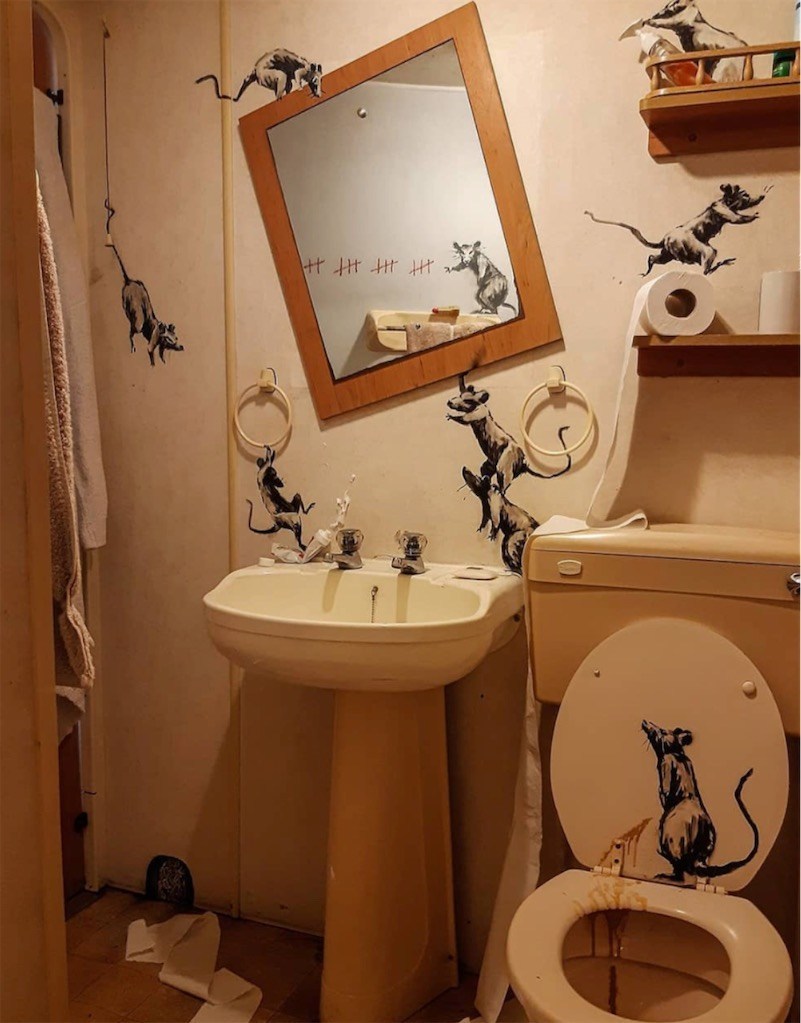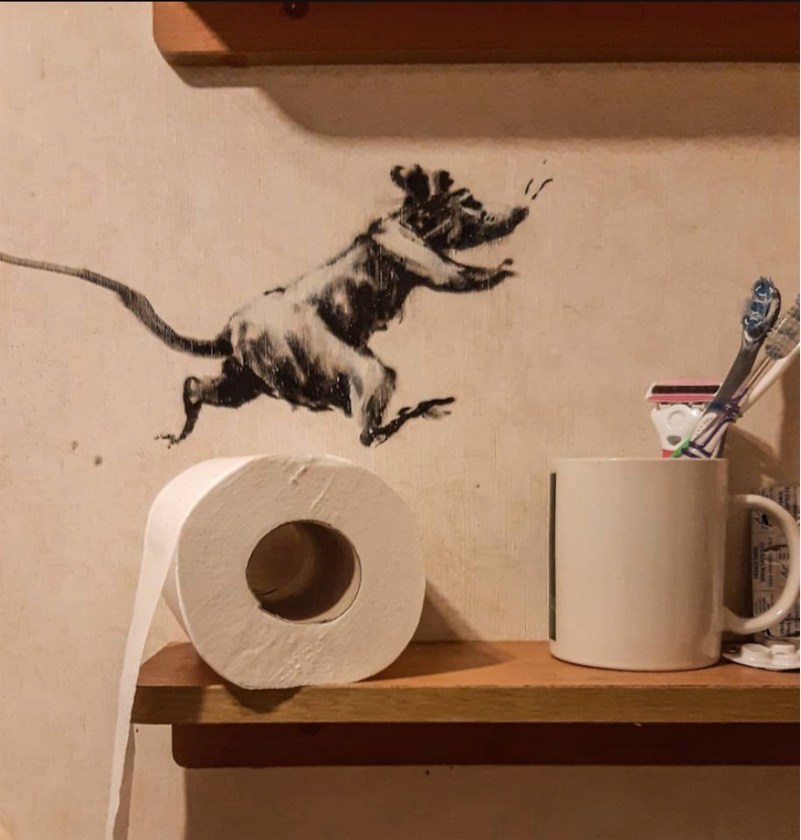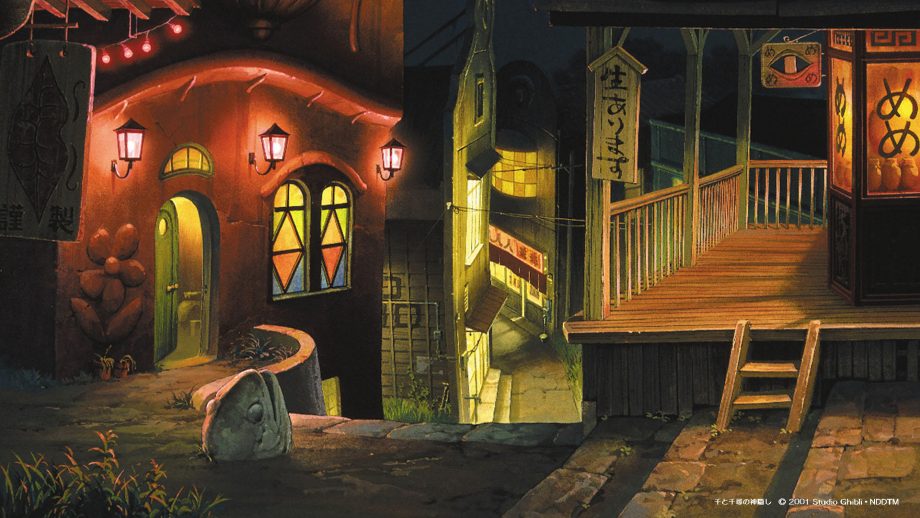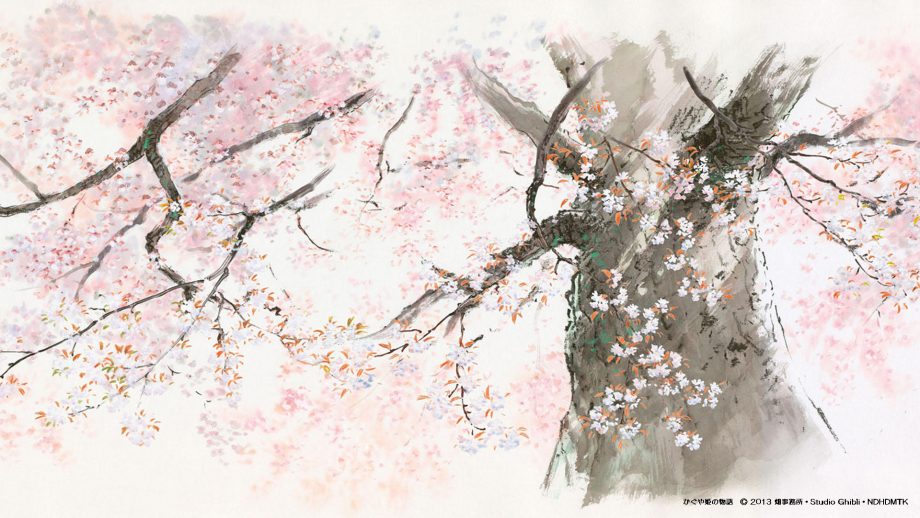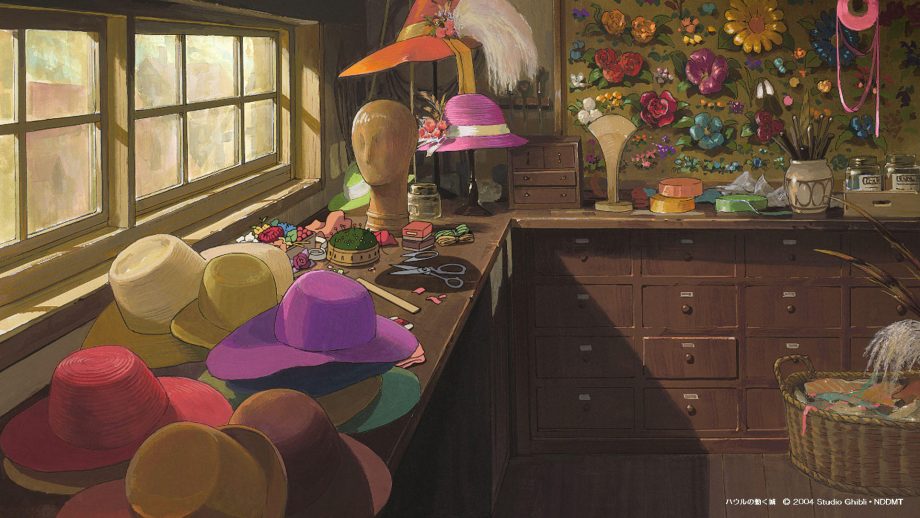Not only did Andy Warhol miss out on the internet, but the internet missed out on Andy Warhol. Surely, these days he would be prolifically posting to his Instagram and YouTube from home, indulging multiple celebrity and pop culture obsessions. Warhol’s Polaroid aesthetic and pioneering of the self-as-brand helped create 21st century online culture. Maybe he was the original “influencer,” though Warhol was more of an instigator. But he’s become too familiar for us to appreciate his uniqueness, suggest Gregor Muir and Fiontán Moran, curators of an extensive Tate Modern Warhol exhibit featuring 100 works, which is now only accessible via the 7‑minute video tour above.
“Everyone owns Warhol” (though few own a Warhol), argue Muir and Moran. “He is one of those rare artists who transcends the art world, having become widely known as one of America’s most famous artists, if not one of America’s most famous Americans.
Over time, Warhol became—and still is—a big brand, which is just how he wanted it.” Warhol showed how individual artists could circumvent the star-making system, create their own branding, and commandeer the culture with manufactured fame. He “helped shape a century’s worth of pop culture,” writes Luke Abrahams at Harper’s Bazaar, “and helped launch the cult of celebrity.”
Whether that legacy deserves more praise or blame I leave to you to decide. In either case, our posthumous judgments cannot diminish Warhol’s singular achievements in graphic art or his radical approaches to film, photography, and—through his promotion of the Velvet Underground—music. Behind the aloof, eccentric persona is a personal story the Tate exhibit explores as well, through Warhol’s immigrant and queer identity and his concerns with death and religion. Architectural Digest reports on the additional resources the online exhibit offers:
For visitors looking to dive deeper into the exhibition and the artist during the lockdown, there’s also the room-by-room exhibition guide; articles about Warhol, from an investigation into his relationship with his mother to a personal tale written by his friend Bob Colachello; a podcast about personas; and even how-to videos demonstrating Warhol’s printmaking process.
Tate digital director Hilary Knight knows there’s no substitute for the original, which is maybe an ironic idea when it comes to Warhol. “We are not trying to replicate a museum visit,” Knight says, but “we can still offer a rich, deep, and inspiring experience of Tate online.” Though abbreviated and virtual, this deeper dive into Warhol’s life and work does that indeed. Find more detailed on the exhibition, and each room, here.
Related Content:
Andy Warhol Demystified: Four Videos Explain His Groundbreaking Art and Its Cultural Impact
130,000 Photographs by Andy Warhol Are Now Available Online, Courtesy of Stanford University
Josh Jones is a writer and musician based in Durham, NC. Follow him at @jdmagness
